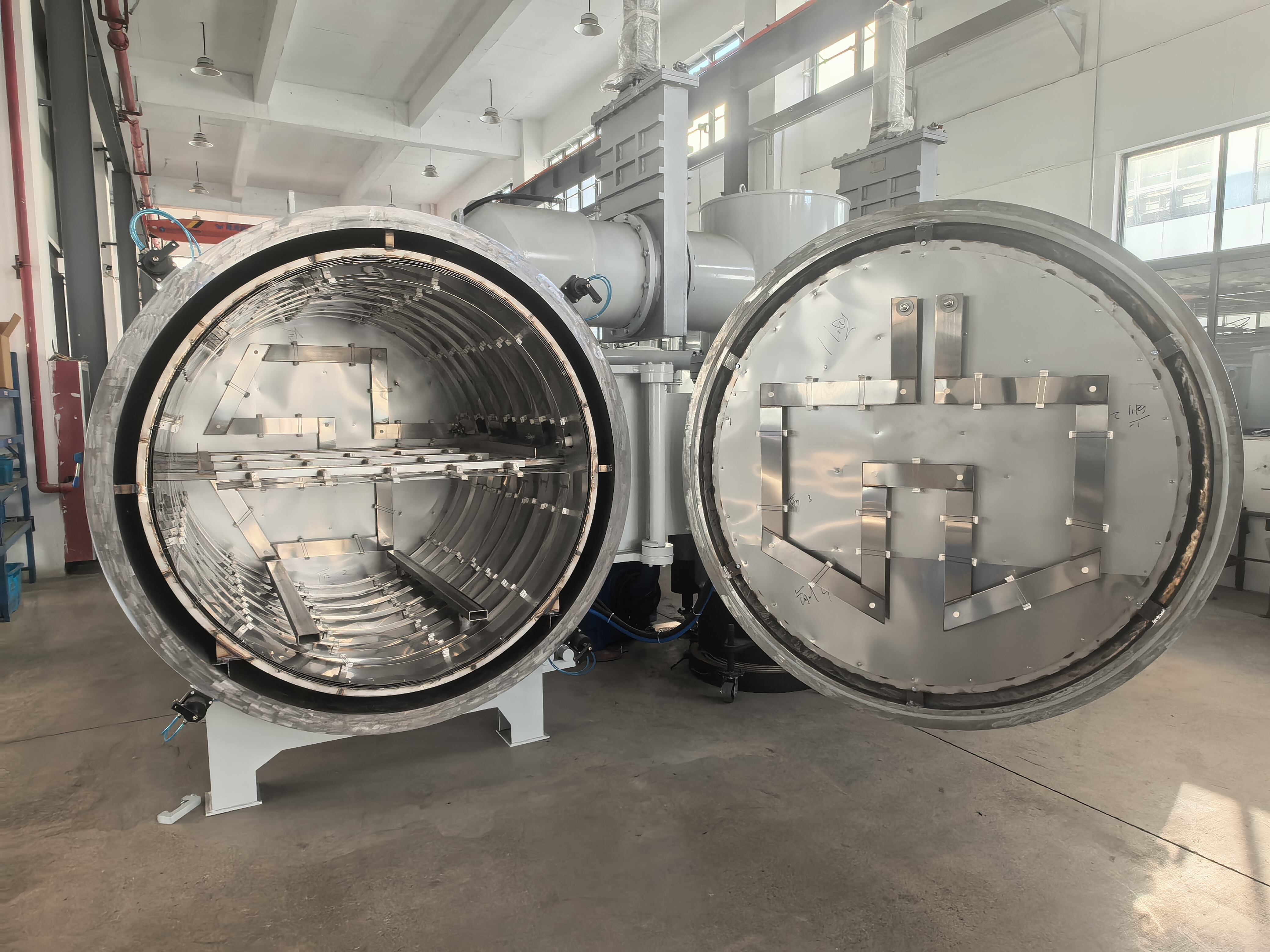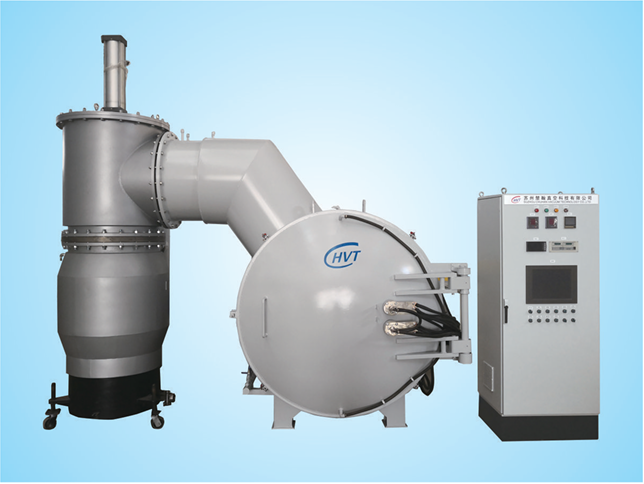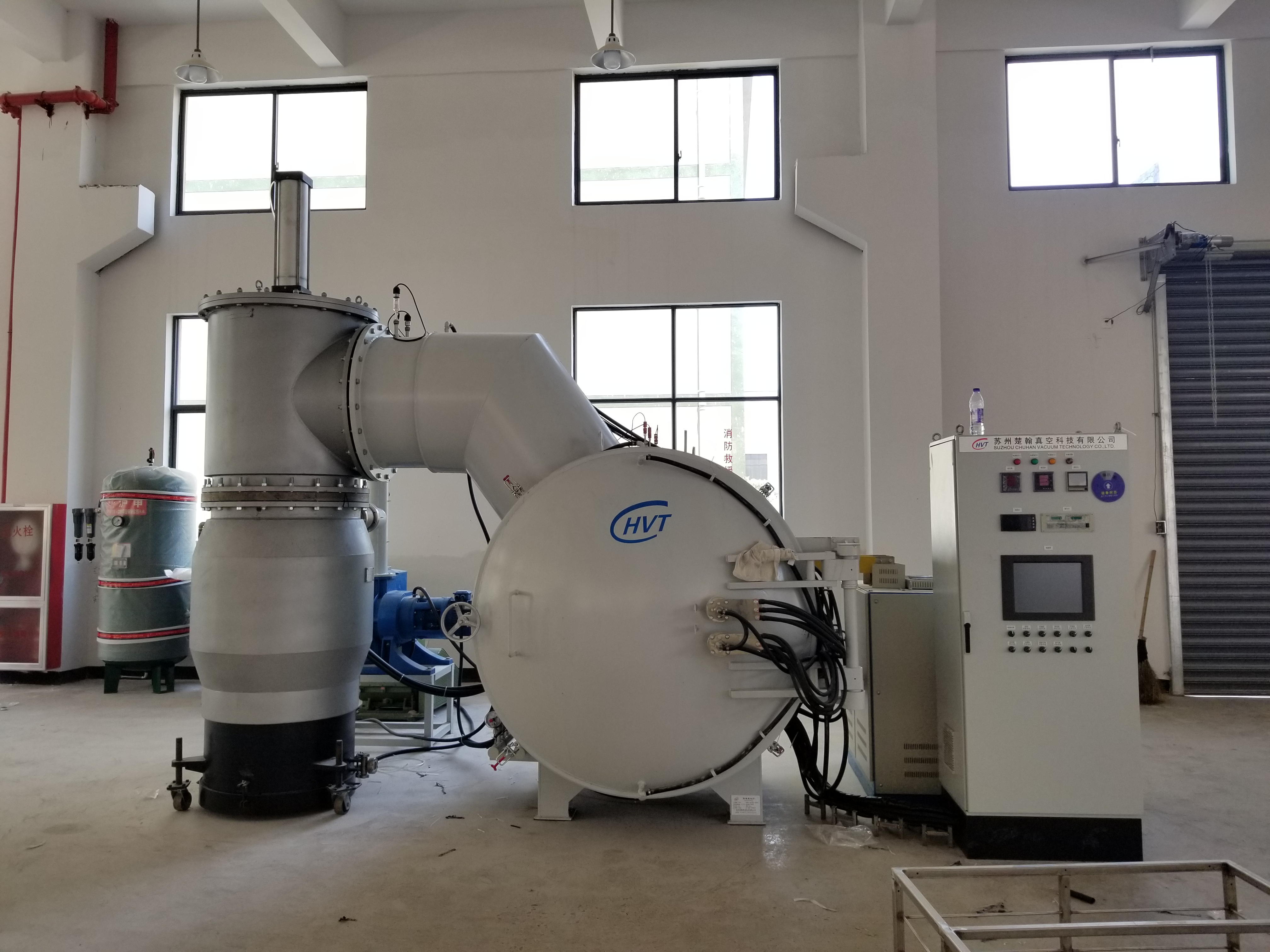electric induction melting furnace
The electric induction melting furnace represents a cutting-edge solution in metal melting technology, utilizing electromagnetic induction to generate heat directly within the metal charge. This advanced system operates by passing an alternating current through a coil, creating a magnetic field that induces eddy currents in the metal, resulting in rapid and efficient heating. The furnace consists of a water-cooled copper coil surrounding a refractory crucible, which holds the metal to be melted. Its precise temperature control capabilities allow for consistent and repeatable results, making it ideal for both small-scale and industrial applications. The system can handle various metals, including steel, iron, copper, aluminum, and precious metals, with melting capacities ranging from a few kilograms to several tons. Modern electric induction melting furnaces incorporate sophisticated control systems that enable operators to monitor and adjust crucial parameters such as power input, temperature, and melting time. The technology also features advanced safety mechanisms, including emergency shutdown systems and cooling water flow monitors, ensuring safe and reliable operation. These furnaces are particularly valuable in foundries, metal processing plants, and research facilities where precise temperature control and metal purity are essential.


